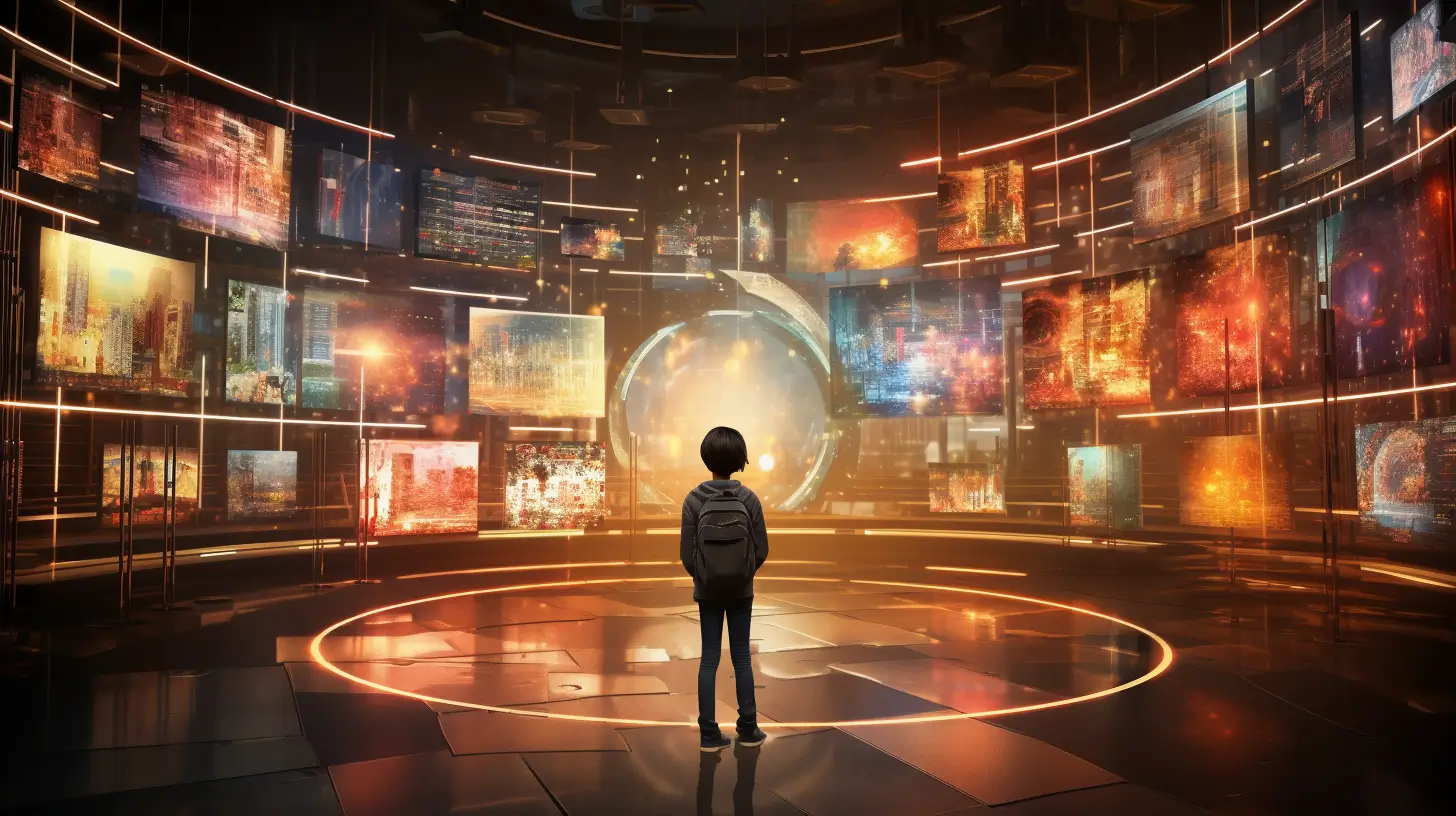How Dyslexia and AI Will Transform the Future in Education
2023-10-16 | By Orcam Staff

In recent years, the world of education has witnessed a groundbreaking transformation, thanks to the remarkable intersection between dyslexia and Artificial Intelligence (AI). The synergy of these two seemingly unrelated domains has paved the way for an educational revolution, offering new possibilities and opportunities for students and educators alike.
In this comprehensive article, we will delve into the fusion of dyslexia and AI. From adaptive learning tools to personalization, this paradigm shift holds immense potential. Let’s explore the profound impact it has on education and, in particular, on the future of learning.
The Conventional Educational Challenges
In the past, students with dyslexia have encountered numerous challenges within the traditional education system. The methods used to teach reading and writing are often not conducive to their learning style, which relies heavily on visual and auditory techniques. As a result, these students may struggle with academic performance, experience low self-esteem, and face significant obstacles in their educational journey.
Before we explore the remarkable partnership between dyslexia and AI, it's crucial to understand what dyslexia is and how it affects individuals.
Empowering Dyslexic Students

Understanding Dyslexia
Dyslexia is a neurodevelopmental disorder that primarily affects reading and writing skills. It is not a measure of intelligence; rather, it is a specific learning disability that affects the way the brain processes language. Dyslexic individuals may have difficulties with decoding words, recognizing sounds, and spelling, which can pose significant challenges for students. As a result, these students may struggle with academic performance, experience low self-esteem, and face significant obstacles in their educational journey.
Fostering Inclusivity
The future of education embraces inclusivity. Through adaptive technology, AI bridges the gap between dyslexic and non-dyslexic students, ensuring that all learners have equal access to quality education. This inclusivity promotes empathy, diversity, and an environment where differences are celebrated.
The AI Revolution
Artificial Intelligence has emerged as a game-changer in addressing the challenges faced by students with dyslexia. Here's how AI is transforming education for these individuals:
Personalized Learning
AI tailors learning experiences to cater to the unique needs and learning styles of students with dyslexia. By analyzing their strengths and weaknesses, AI can provide additional support were needed, allowing students to progress at their own pace.
Incorporating the OrCam Learn device can further enhance this personalized approach with its advanced AI capabilities, such as its Text-To-Speech capabilities, ensuring that dyslexic students receive the learning experiences that benefit them the most by reading printed and digital text aloud, turning any book or assignment in to an accessible format.
How Dyslexia and AI Will Transform the Future in Education
Assistive Technology
AI-driven assistive technology, such as text-to-speech and speech-to-text tools, transforms the way dyslexic students engage with educational materials. These innovations enhance comprehension and communication, breaking down barriers that once hindered learning.
When used in conjunction with AI tools like OrCam Learn, dyslexic students can further improve their reading fluency, comprehension and boost their confidence in the classroom. The OrCam Learn's Reading Pal feature boosts students reading skills by having them read out loud to the device and giving immediate, positive on their reading fluency and accuracy. Improving students' comprehension can be accomplished with OrCam Learn's ability to hold interactive Q and A sessions based on the reading material of choice.
Enhanced Teacher Support
AI provides educators with valuable insights into their students' progress and needs. It allows teachers to tailor their teaching methods, ensuring that dyslexic students receive the support they require. The result is a more effective and empathetic educational system.
The OrCam Learn app can further enhance the learning experience. The app offers a mobile platform that tracks progress and growth, including reading time, accuracy, and text difficulty level. Parents and educators can access reports and summaries for each reading session, gaining valuable insights into each student's reading development. The OrCam Learn app serves as a valuable tool for both tracking progress and promoting active engagement in the reading process during class and homework time independently or with parents at home.
Interactive Learning
Virtual classrooms and interactive AI-powered platforms make learning engaging and accessible. Dyslexic students can interact with lessons in various formats, from videos to simulations, enhancing their understanding and retention of information.
Conclusion
The future of education is being shaped by the powerful synergy of dyslexia and AI. By empowering dyslexic students, fostering inclusivity, and personalizing learning experiences, we are witnessing a transformation that holds great promise. The advent of assistive technology, enhanced teacher support, and interactive learning platforms further solidify this shift. The journey towards a more inclusive and equitable education system has begun, and dyslexia and AI are leading the way.
The combination of dyslexia and AI offers not just hope but a profound change in the world of education. As we move forward, let's embrace these innovations and ensure that every student, regardless of their unique challenges, has the opportunity to thrive.



